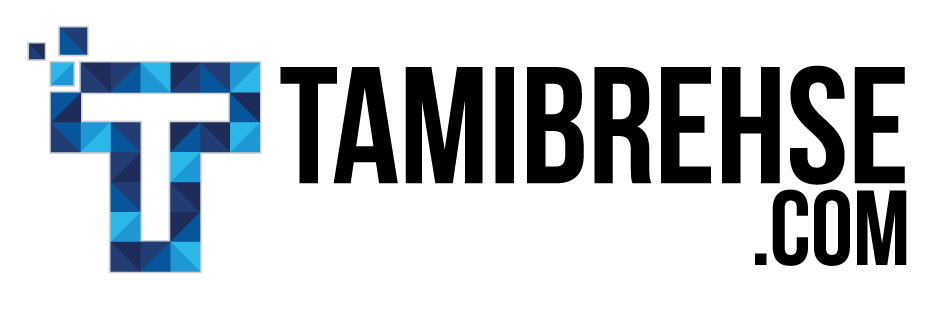Ever seen the hashtag #nevernotworking? It’s used frequently on social media by always-connected business owners and entrepreneurs as a sort of badge of honor. I love it and hate it.
I totally get the passion that comes from doing what you love and being plugged into your work 24/7.
But I also hate the concept of work and life being so intertwined. Without free time, I start to go insane and grow resentful of my job.
Anybody else?
That’s why it’s so important to disconnect every once in a while, whether that’s a vacation where you’re off the grid or a weekend you designate as “screen free” or even an unexpected family issue that forces you to step away.
But just because you’re away doesn’t mean it has to look that way on social media—and you also don’t have to spend a ton of time preparing for your absence in advance. Here are six of my favorite ways to keep up on social media even while you’re disconnected.
1. Republish old content
This is literally the easiest trick in the book to fill the gap while you’re away.
Remember that post you wrote last year on helpful tips for your customers? Guess what? 99% of your customers don’t, and the chances are slim to none that the same followers will even see the same post twice.
Use your old content to your advantage by republishing your best posts.
For example, on Twitter, you can easily see your top Tweet for every month by going to analytics.twitter.com (and enable analytics if you haven’t already).
Adjust the date range to show your top Tweets for any three month period.
Then scroll down to see your best posts for that time frame.
Now that I have my best Tweets right in front of me, I can easily use a tool like Buffer or Hootsuite to re-publish them while I’m away.
You can do the same thing on Facebook by going through your past post insights.
2. Have an “emergency stash” of evergreen content
For me, this is a Word document that contains evergreen (read: not dated by time frame or references to current events), pre-written social media posts. Some of the posts promote my own content (yep, my existing blog posts) while others ask interesting questions that will engage my audience even though I’m away.
Here are just a few of the Tweets tucked away in my emergency stash:
You can compile your own evergreen content stash in about 30 minutes’ time, and you bet it’ll save your butt one day when you’re up a creek with no posts lined up.
3. Designate a once-daily check-in time
Disconnecting from social media is supposed to feel good, not bring you more anxiety. You can alleviate some of that “fear of missing out” by setting a once-daily check in time—then sticking to it.
For example, when I’m on vacation, I like to quickly scroll through all of my social channels first thing in the morning while I enjoy a cup of coffee. I can respond to any comments, shoot off a few messages engaging with followers, and set a reminder for anything that requires a follow-up when I’m back in the office.
This way, I can enjoy the rest of the day without worrying that I missed something earth-shattering.
4. Inform those who matter
You can do yourself a great favor by telling a few key people about your absence, whether that’s your team members, your clients, or any other stakeholders in your business.
If you’re in a business where your workload can be effectively “paused” for a bit—say, a graphic designer who works on a project basis or a coach who delivers pre-scheduled sessions, you might even let your followers know en masse with a message along these lines:
“I’m away on a short hiatus but can’t wait to get back to work with you soon. All incoming inquiries will be answered by June 30.”
This lets your tribe know where you are and exactly when they can expect to hear from you again.
(For traditional businesses, like e-commerce shops and service providers, though, I would not recommend this mass “I’m away” message.)
5. Rely on your systems
Your systems are those pesky little things you should have in place to help your business run during times like this.
Do you need to have an entire operations manual for how your business operates? Of course not. Your systems for social media might be as simple as this:
- Every Monday I find 10 new pieces of third-party content to share with my followers and schedule them into Buffer for the week.
- Every Wednesday I go in and make sure I’ve responded to everyone who commented on my posts.
Having these systems in place not only keeps things running on a schedule, it allows you to easily delegate the tasks to someone else if you need to. With systems in place, you could easily delegate the pre-defined tasks to a team member or outsource them to a freelancer.
6. Don’t succumb to guilt
You’re not a person, not a machine.
If all of the above fails you, being silent on social media for a few days isn’t the end of the world. Worse comes to worst, let it go and come back full-steam when you’re ready.
How do you prepare when you know you’ll be offline for a few days?
Want more social media how-to’s and tips delivered to your inbox? Sign up for my newsletter and never miss an update.
Tami Brehse
Latest posts by Tami Brehse (see all)
- This White-Hat Link Building Tool Will Supercharge Your SEO Strategy - May 20, 2019
- 6 Steps To Take Before Launching A New Business - February 1, 2019
- How To Build A Website For A New Business: The Basics - January 13, 2019






